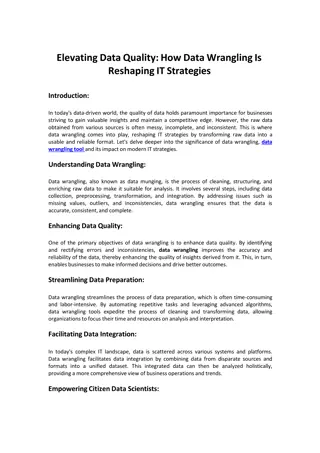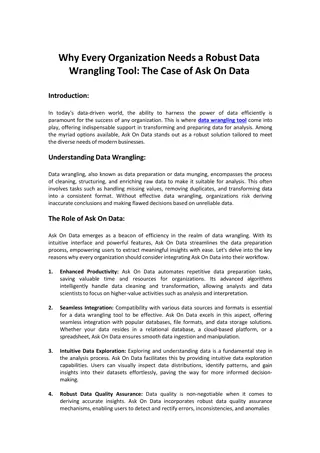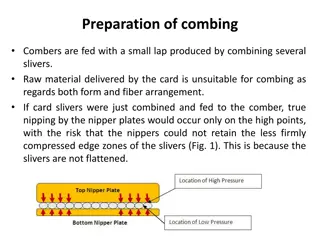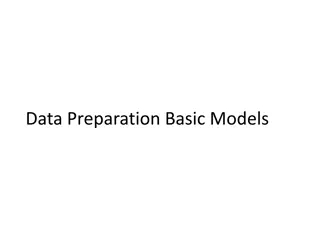Effective Data Preparation Methods
This content delves into the crucial steps of data cleaning and data adjusting, essential for ensuring data consistency and enhancing analysis quality. Data cleaning involves identifying and handling inconsistencies and missing values, while data adjusting may include weight assigning and scale transformation for improved analysis outcomes.
Download Presentation

Please find below an Image/Link to download the presentation.
The content on the website is provided AS IS for your information and personal use only. It may not be sold, licensed, or shared on other websites without obtaining consent from the author.If you encounter any issues during the download, it is possible that the publisher has removed the file from their server.
You are allowed to download the files provided on this website for personal or commercial use, subject to the condition that they are used lawfully. All files are the property of their respective owners.
The content on the website is provided AS IS for your information and personal use only. It may not be sold, licensed, or shared on other websites without obtaining consent from the author.
E N D
Presentation Transcript
Data Cleaning This includes checking the data for consistency and treatment for missing value. Preliminary consistency checks are made in editing. Here we check the consistency in an extensive manner. Consistency checks look for the data which are not consistent or outlines. Such data may either be discarded or replaced by the mean value. However, the researcher should be careful while doing this. Extreme values or outlines are not always erroneous. Missing values are the values which are unknown or not answered by the respondent. In place of such missing values, some neutral value may be used. This neutral value may be the mean of available values. The other option could be to use the pattern of responses to other questions to calculate a suitable substitute to the missing values.
Data Adjusting Data adjusting is not always necessary, but it may improve the quality of analysis sometimes. This consists of following methods. Weight-assigning: Each respondent or case is assigned a weight to reflect its importance relative to other respondents or cases. For example, the cases of educated people could be assigned higher weights and of uneducated people could be assigned lower weights in some survey. The value 1.0 means unweight age case. 1. Variable Re-Specification: This involves creating new variables or modifying existing variables. For example, if the usefulness of a certain product is measured on 10-point scale, it may be reduced on a 4-point scale 'very useful', 'useful', 'neutral', 'not useful'. 2.
Data Adjusting cont.. Scale Transformation: Scale transformation is done to ensure the comparability with other scales or to make the data suitable for analysis. Different type of characteristics are measured on different scales. For example, attitude variables are measured on continuous scale, lifestyle variables are usually measured on a 5-point Likert scale. So, the variables which are measured on different scales, cannot be compared. A common transformation is subtracting all the values of a characteristic by corresponding mean and dividing by corresponding standard deviation. 1.























